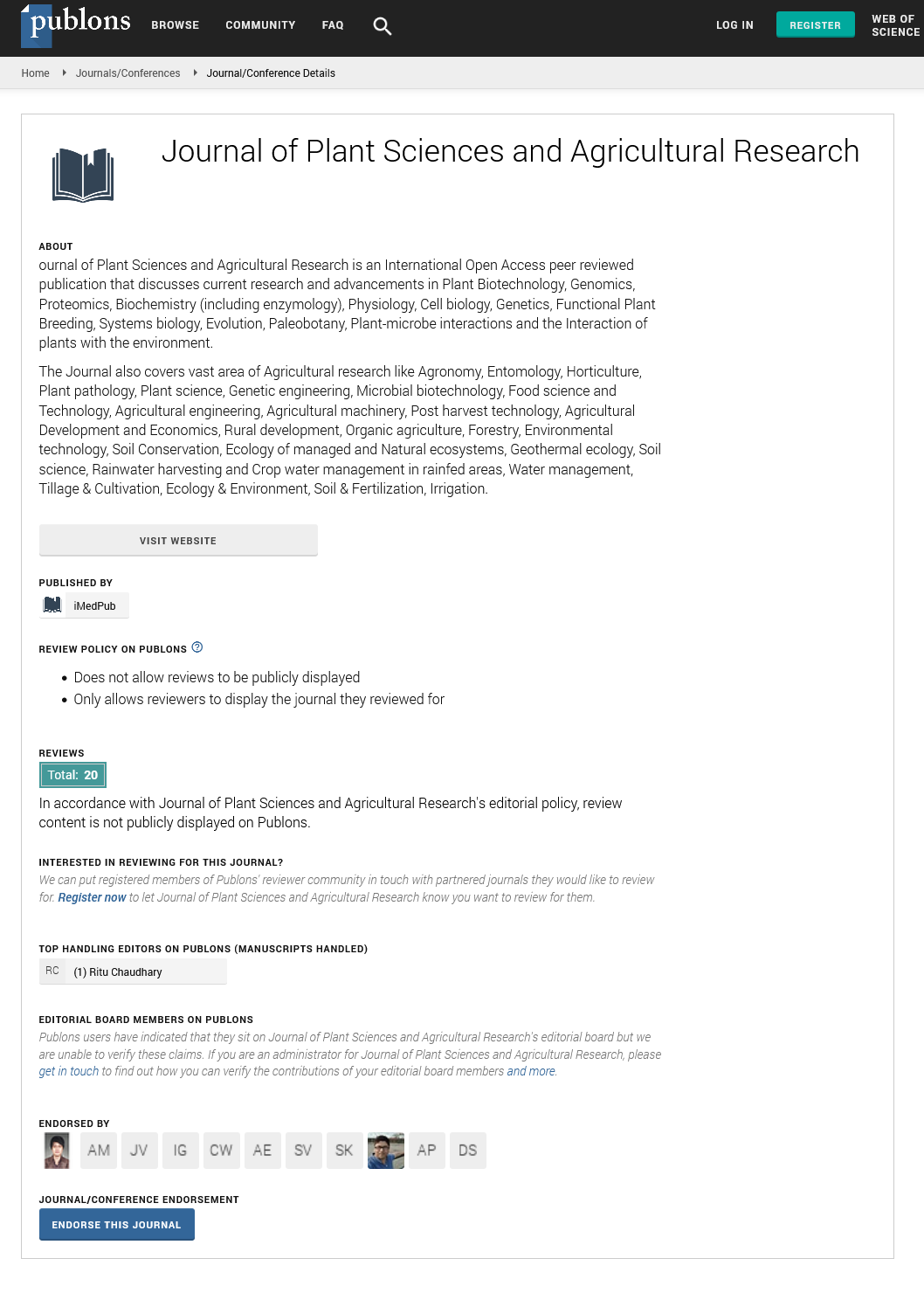Abstract
Factors Affecting the Productivity of Rangelands
Rangelands are any extensive areas of land that are occupied by native herbaceous or shrubby vegetation which are grazed by domestic or wild herbivores. They are geographical regions dominated by grass and grass-like species with or without scattered woody plants, occupying about 40%-50% of the land area of the Earth. It is thought that rangelands are home both to significant concentrations of large mammals and plants with a high value in both leisure and scientific terms and to human populations that have historically been excluded and marginalized, pastoralists and hunter-gatherers. Rangelands are characterized by low and/or erratic precipitation, poor drainage, rough topography, and often have low soil fertility. Rangelands have an important role in ecological stabilization and the terrestrial carbon cycle in arid and semi-arid regions of the world. Management of rangelands ranges from nomadic pastoralism to subsistence farming, to commercial ranching. There is widespread agreement that climatic conditions are changing and such changes will likely continue, becoming more apparent in coming decades. Uncertainty poses a problem for land and resource managers as they seek to adapt to changes and mitigate the adverse effects of climate change. We argue, first, that a focus on vulnerability to climate change and its effect is more useful for managers than a focus on the probability and consequences of a particular change. Secondly, we argue that monitoring, based on systematically considered and selected indicators, provides managers information they need to adaptively manage for sustainability. As a result, this review updates information on the influential factors that commonly affect rangelands worldwide.
Author(s): Mebrate Getabalew and Tewodros Alemneh
Abstract | Full-Text | PDF
Share This Article
Google Scholar citation report
Citations : 135
Journal of Plant Sciences and Agricultural Research peer review process verified at publons
Abstracted/Indexed in
- Google Scholar
- Publons
- Secret Search Engine Labs
Open Access Journals
- Aquaculture & Veterinary Science
- Chemistry & Chemical Sciences
- Clinical Sciences
- Engineering
- General Science
- Genetics & Molecular Biology
- Health Care & Nursing
- Immunology & Microbiology
- Materials Science
- Mathematics & Physics
- Medical Sciences
- Neurology & Psychiatry
- Oncology & Cancer Science
- Pharmaceutical Sciences
